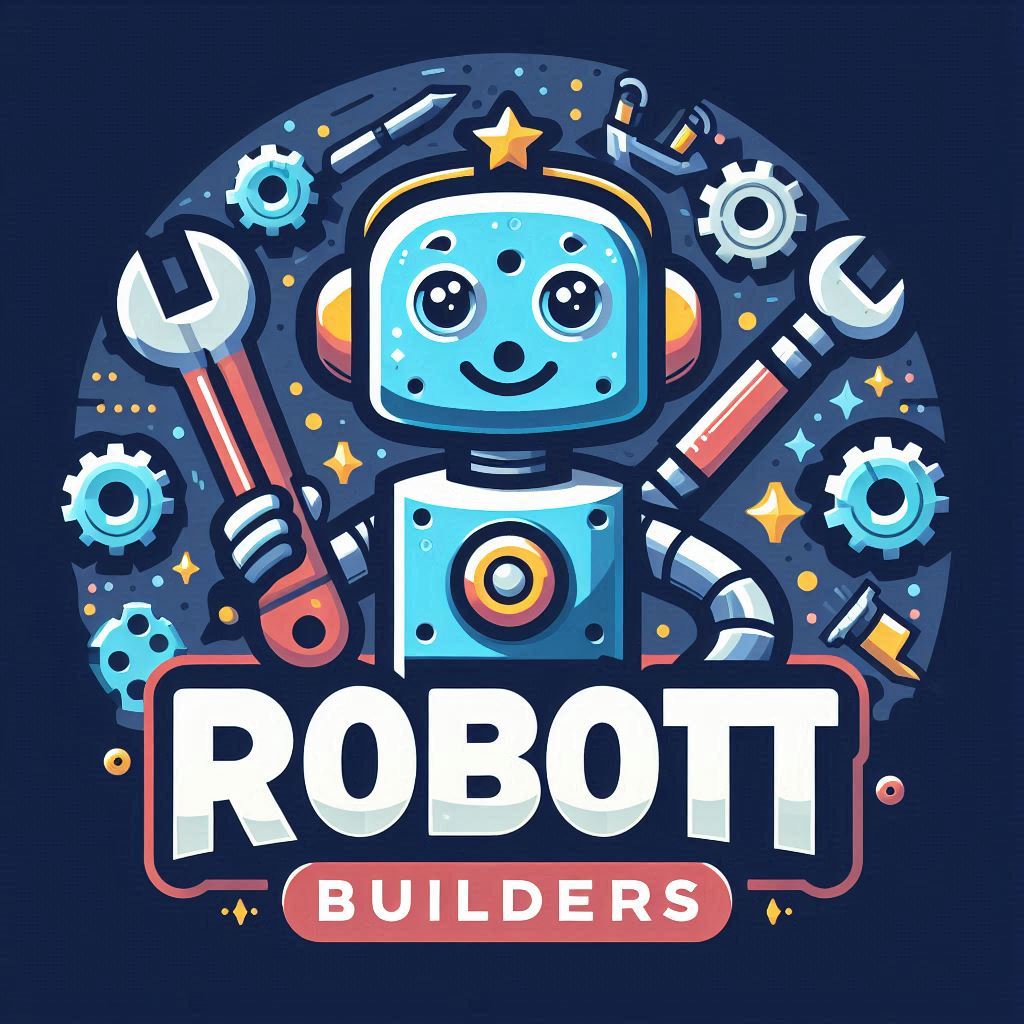Introduction Language models are the backbone of modern artificial intelligence, enabling machines to understand, generate, and process human language. These models have applications in areas such as chatbots, text summarization, translation, sentiment analysis, and more. This guide provides a step-by-step overview of how to develop AI-driven language models, ensuring you follow the best practices for scalability, accuracy, and efficiency.

What Are AI-Driven Language Models?
AI-driven language models are systems built using machine learning algorithms to process and generate text. They rely on Natural Language Processing (NLP) and are trained on vast datasets to recognize patterns and structures in language.
Applications:
- Virtual assistants (e.g., Siri, Alexa).
- Machine translation (e.g., Google Translate).
- Content generation (e.g., Jasper AI).
- Sentiment analysis tools for businesses.
- Question-answering systems like chatbots.
Step 1: Define the Purpose
Start by establishing the goal of your language model:
- What problem are you solving? Creating chatbots, translating languages, or summarizing text?
- Who is your target audience? Businesses, researchers, or consumers?
- What are the desired capabilities? E.g., understanding context, generating coherent text.
Tip: Narrow your focus to ensure the development process is efficient and tailored to your needs.
Step 2: Choose a Framework and Tech Stack
Select tools that streamline the development process:
- Programming Languages: Python is preferred due to its versatility in machine learning and NLP tasks.
- Frameworks:
- TensorFlow: For building large-scale, flexible models.
- PyTorch: Known for its intuitive design and dynamic computations.
- Hugging Face Transformers: Offers pre-trained models like GPT and BERT.
- Libraries: Use SpaCy, NLTK, or OpenAI API for additional NLP functionalities.
Tip: Frameworks with extensive documentation and community support can ease development.
Step 3: Gather and Prepare Data
Data is the foundation of every language model. Here’s how to collect and prepare it:
- Data Collection: Source text datasets from platforms like Common Crawl, Wikipedia, or proprietary sources.
- Data Preprocessing:
- Tokenize text into words or subwords for easier processing.
- Normalize text by removing noise (e.g., punctuation, emojis).
- Balance datasets to ensure diverse language patterns are represented.
Tip: Quality data is crucial—invest time in cleaning and augmenting datasets to improve model performance.
Step 4: Select Model Architecture
Choose an appropriate architecture based on your goals:
- Statistical Models: Ideal for smaller projects; focuses on basic pattern recognition.
- Neural Networks:
- RNNs: Recurrent Neural Networks for sequential data.
- LSTMs: Long Short-Term Memory networks for handling long-term dependencies.
- Transformer Models (Preferred for advanced NLP tasks):
- BERT: Bidirectional Encoder Representations from Transformers.
- GPT: Generative Pre-trained Transformer for text generation.
Tip: Transformer models are state-of-the-art for NLP tasks and are highly scalable.
Step 5: Train the Language Model
The training process requires computing resources and proper configuration:
- Define Objectives: Train your model for tasks like classification, summarization, or generation.
- Set Hyperparameters: Adjust parameters like learning rate, batch size, and model depth.
- Train on GPUs or TPUs: Speed up training with hardware accelerators.
- Evaluate Results: Use a separate validation dataset to test accuracy and refine the model.
Tip: For complex models, leverage pre-trained architectures and fine-tune them on specific datasets.
Step 6: Evaluate and Optimize
Measure your model’s effectiveness using key metrics:
- BLEU Score: For translation tasks.
- Perplexity: For text generation models.
- Accuracy and F1 Score: For classification tasks.
- Human Evaluation: Involve human testers for subjective tasks like coherence and context understanding.
Tip: Iterative testing and feedback loops can dramatically enhance the final model.
Step 7: Deploy and Monitor
Once your model is trained and tested, deploy it to your desired platform:
- Deployment Platforms: AWS, Google Cloud, or Microsoft Azure for scalability.
- API Integration: Provide end users with easy access via REST APIs.
- Monitoring Tools: Use analytics platforms to track usage and performance, identifying areas for improvement.
Tip: Plan for regular updates and retraining to keep the model relevant as language evolves.
Challenges in Developing Language Models
- Data Limitations: Inconsistent or biased datasets can hinder accuracy.
- Computational Costs: Large models require significant resources to train.
- Ethical Concerns: Address risks like misinformation or biased outputs.
- Model Complexity: Balancing performance and interpretability can be challenging.
Tip: Proactively address these challenges during planning and development.
Optimizing Your Tool for SEO
If you plan to make your language model publicly accessible, follow these SEO best practices:
- Keyword Strategy: Target phrases like “AI-driven language models,” “NLP tools,” and “text generation.”
- Informative Content: Publish case studies, tutorials, and technical blogs.
- Mobile Accessibility: Ensure websites and APIs are responsive across devices.
- Quality Backlinks: Collaborate with other AI projects or platforms for credibility.
- Performance Metrics: Optimize for speed, reliability, and user experience.
Conclusion
Developing AI-driven language models is a rewarding challenge that combines technical expertise with creative problem-solving. By following this complete guide—defining objectives, leveraging cutting-edge frameworks, and iteratively training and testing—you can create scalable, impactful language models. Dive in today and unlock new possibilities in NLP and AI innovation!
